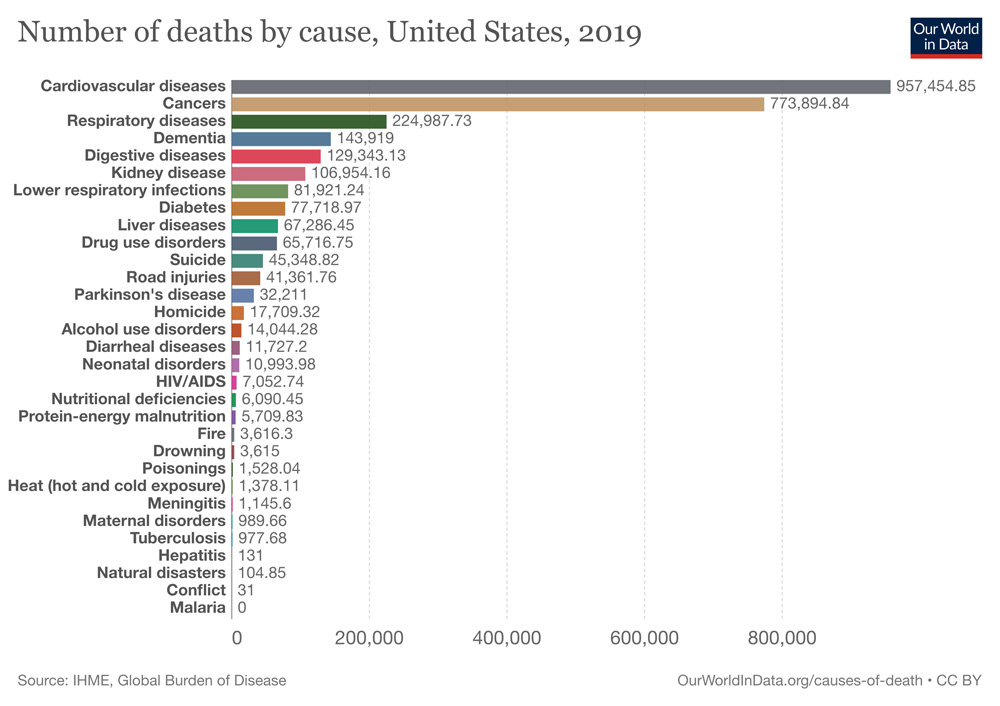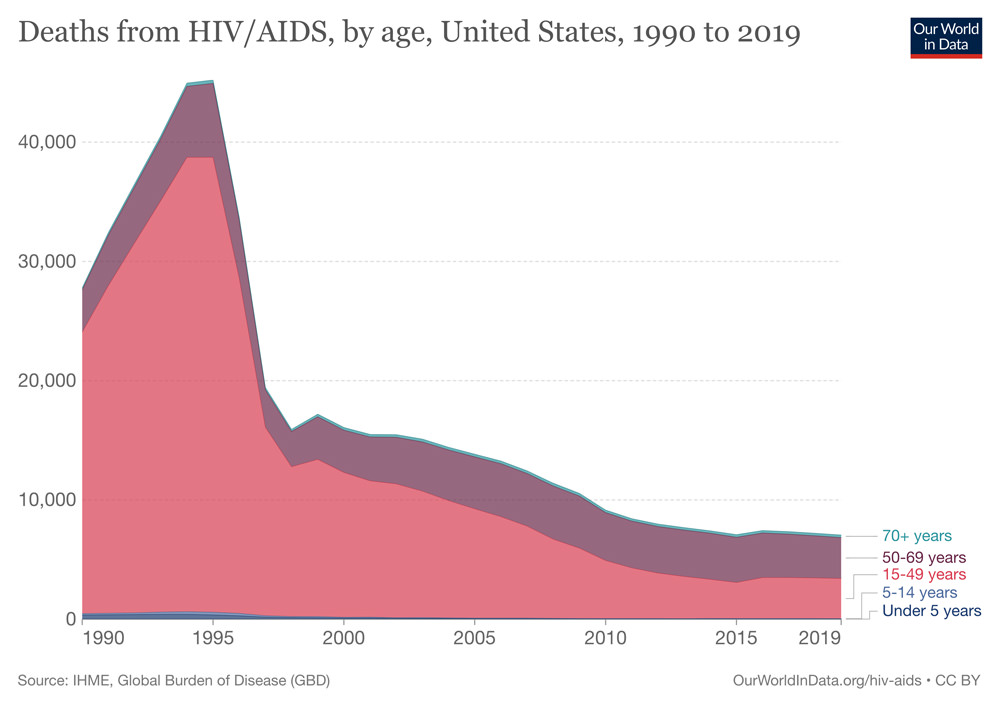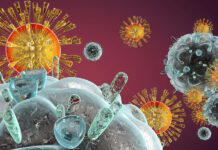Some of you might find this to be a morbid article, because nobody really wants to talk about sexual risk, infection and death, but these things are very important, because they are real and the issues discussed throughout this article have really happened in the past and also remain in the present. Like many things in life, avoidance is temporary, but when it comes to HIV/AIDS, the situation is permanent, so it’s important for us to consider everything about HIV/AIDS when it comes to bug chasing, because bug chasing is centred around HIV/AIDS.
When we consider the path HIV/AIDS has taken over the years, many of us would understand that the late 1980s and the early 1990s involved the height of deaths caused by HIV/AIDS in the gay community. This is because at the time, the virus was only newly discovered and pretty much involved members of our community, so a full understanding of the situation hadn’t been established, which meant that a treatment hadn’t come into existence, with the only thing happening at the time being sickness and death. It took time for the virus to be fully understood, then once this happened, a cure needed to be developed, something we are still searching for forty years on.

There are many books and movies that discuss HIV/AIDS, but if you are wanting to learn more about some of the personal experiences that took place around this time, then I highly suggest you watch the six episode miniseries “It’s A Sin” created by Russell T Davies, who is also the creator of “Queer As Folk” and “Cucumber”. If you choose to watch this program, be warned that it’s upsetting, in fact, I am struggling to rebound from watching it a few weeks ago, although I do not regret doing so. I became attached to the characters, which obviously became upsetting when things happened to them, but, the six episodes in the miniseries are extremely powerful and take you back to a time when nobody knew much about HIV/AIDS. It was the beginning of a destructive time for many in the LGBTIQ+ community and emotional scars still exist to this day due to those we lost during this time.
You will often hear the saying ‘you are just a number’ and this is very true – we are all numbers and we also become numbers when it comes to statistics. Last year marked the 40th year of HIV/AIDS, so now is a good time to see how far we have come based on statistics, because who doesn’t like looking at the world through a series of numbers? Because HIV/AIDS is a worldwide epidemic that is quite prevalent in many countries such as Sub-Saharan Africa, this can skew the results when it comes to exploring HIV/AIDS from a men who have sex with men perspective, so I have chosen to use the results from the United States of America as an example in this article, but global stats are available if you are wanting to take a look at them and the link is included at the bottom of this page.
The data I am using throughout this article comes from Our World In Data and the source for this data is IHME, Global Burden of Disease. Because it takes time for the data to be collated and analysed, the latest available data is from 2019, so that’s the information presented throughout this article. It’s important to appreciate that HIV/AIDS is still one of the world’s most fatal infectious diseases and in some countries it is the leading course of death, with almost 1 million people dying of AIDS each year, even if the number of deaths are decreasing in many parts of the world due to advances in healthcare.

The top cause of death in the United States in 2019 is cardiovascular disease, with 957,454.85 cases, followed by cancers at 773,894.84 cases and respiratory diseases third at 224,987.73 cases. According to the World Health Organisation, HIV/AIDS was previously in the top 10 global causes of death in 2000 at number 8, but the number of global deaths has fallen by 51% over the last 20 years, moving HIV/AIDS to the 19th global cause of death in 2019. In the United States, the number of deaths due to HIV/AIDS in 2019 was 7,052.74, which is a very small number in terms of the top three causes of death, but this number is still quite large when you consider many of these cases would involve the gay community, so considering this, the numbers are still a concern.

The number of deaths from 1990 to 2019 has continued to decrease, which has resulted in the number of people living with HIV increasing during this time. The availability of PrEP has dramatically reduced the number of new infections and antiretroviral medication has reduced the number of deaths from HIV/AIDS, which supports the fact that medication is helping those who are infected with HIV to live longer lives. The largest number of deaths between 1990 and 1995 was in the 15 to 49 year group, which is considered to be the most sexually active group and also sexually inexperienced at the younger end of the scale, which is why the number of HIV infection cases skyrocketed during the early years of HIV/AIDS. With healthcare advances, the number of deaths dramatically reduced around 2000 and has steadily continued to decline since then.
If you are wondering what this all means for you on a personal level, well it’s really up to you, because it all comes down to your personal choice about whether you want to get infected or take measures to avoid becoming infected (we do have this choice today due to the availability of medication, but others in the 1980s, 1990s and 2000s were not so lucky). If you are wanting to remain HIV-negative, you can take PrEP, which has excellent protective qualities, although it’s not one hundred percent effective. If you are HIV-positive, you can choose to have a detectable viral load or you can take medication to become undetectable to reduce your viral load. The important thing to remember is that you are in control of your choices and the decision making comes down to you, but as we can see from these statistics, the number of deaths caused by HIV/AIDS has reduced over the years, meaning having HIV is no longer considered to be a death sentence due to advances in medication and information that’s currently available.
Sources and Further Reading:
- Our World In Data: HIV/AIDS – https://ourworldindata.org/hiv-aids?country=
Featured Photo: pikulkeaw_333 from Pixabay.
Article ID: CC2206
Version Control: 1.0 – February 5, 2022: Original article published.








This article is reassuring. I had an HIV scare and all the information I got from the clinic was really scary.
I’m glad you found this article reassuring Dresden and thank you for your comment. There’s a lot of information about HIV out there, so I try to write articles that make the virus as easy to understand as possible.
Hey Dresden . thanks so much for your comment – its an enourmous pleasure to see you here and Id most certainly like to support to get infected with HIV
Another great article! A couple of the guys that I’m dating lived through the crisis in the 80s, and I totally appreciate the history, and have major respect for those who went through it all! But as one of the guys that I’ve been seeing regularly says (he’s 62 and pro-HIV) It’s not a death sentence anymore, it’s a Life Sentence. And I have to say, that HIV really brought me out of my shell and the HIV Positive guys that I’ve met really know how to live and celebrate sex!!!
Thank you for this informative article. At my age (73) I lived through those early days when people were dying by the dozens and lost whole groups of friends. I remember the first person I knew who told me he had it David Colle, a handsome wonderful young man. I remember the haunted look in his eyes when he told me “I’ve got it” We didn’t even have to clarify what “it” was. I never got to see him again and he was gone within a month’s time. I got a boyfriend about that time and it cut down on the number of sex partners I had. I sometimes sero sorted. In the early nineties it seemed like another wave swept through and we lost another group of friends, some of whom had been living with hiv for a while and some who just caught it and went quickly.
I hail the advent of better treatment drugs and preventative drugs in that it gives people a choice as to their behavior and how it affects their status. I am somewhat puzzled by my choice to forgo prevention and actively seek out infection. Some have suggested it is a bonding with my earlier friends.
As for today, I think you are right as to why infection has risen slightly. It’s true the number of chasers seems to slightly increased both with those actively chasing and those who just let nature take its course. This is offset though I think with the fact so many gifted with the virus are medicated and cannot transmit it. I think the rise may be at least in part due to an increase in intravenous drug users for whom PrEP is slightly less effective than those whose contact is sexual in nature.
Thank you again and please keep these articles coming.